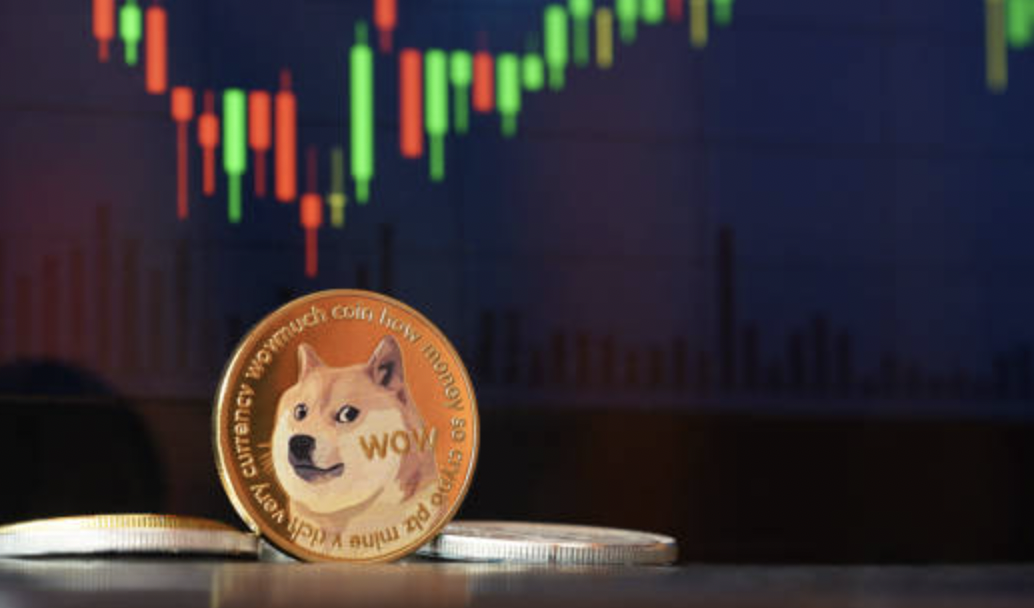
Alina Haynes
Nov 10, 2022 18:17

U.S. West Texas Intermediate and international benchmark Brent crude oil futures are dipping lower on Thursday as traders anticipate U.S. inflation data that may provide hints as to the path of Federal Reserve policy.
Specifically, the data may tell whether the central bank can easily moderate the rate of its rate hikes or if it must continue to aggressively boost rates for a longer period of time.
You should only trade with capital that you can afford to lose while trading derivatives. The trading of derivatives may not be suitable for all investors; thus, you should ensure that you fully comprehend the risks involved and, if necessary, seek independent counsel. Before entering into a transaction with us, a Product Disclosure Statement (PDS) can be received through this website or upon request from our offices and should be reviewed. Raw Spread accounts offer spreads beginning at 0 pips and commissions of $3.50 every 100k traded. Spreads on standard accounts begin at 1 pip with no additional commission fees. CFD index spreads begin at 0.4 points. This information is not intended for inhabitants of any country or jurisdiction where distribution or use would violate local law or regulation.
Increasing interest rates to slow the economy is crucial for crude oil merchants since it will reduce demand, especially if it causes a recession.
December WTI crude oil futures are trading at $85.26, down $0.57 or 0.66 percent, while January Brent crude oil futures are at $92.23, down $0.42 or 0.46 percent. Wednesday's closing price for the United States Oil Fund ETF (USO) was $71.67, down $2.80 or -3.76%.
Prior to a week ago, crude oil prices were soaring due to unconfirmed allegations that China was about to announce that it will begin easing its severe COVID limitations in early 2023. This narrative was put to rest over the weekend when officials said that they would continue to enforce strict restrictions.
This news may have pushed the market upward this week, but reports of growing COVID infections in parts of China and further restrictions to curb the spread of the virus are driving the market drastically lower.
According to Reuters, the manufacturing hub of Guangzhou, a city of 19 million people, reported more than 2,000 new cases on Nov. 9, the third consecutive day above that number, in the city's largest outbreak to date. In addition, millions of residents were instructed to undergo COVID-19 testing on Wednesday, and a municipal area was quarantined, as the number of local cases in China reached its highest level since April 30.
If today's U.S. consumer price index (CPI) statistics, scheduled for release at 13:30 GMT, come in higher than anticipated, the market could take a pessimistic tone. Ahead of the data, market participants anticipate yearly readings of 7.9% for headline inflation and 6.5% for core inflation.
Meeting or exceeding expectations might reduce the pressure on the Fed to hike interest rates rapidly in December. A hot reading, on the other hand, could push the Fed to continue cutting interest rates for an extended length of time. This is negative for crude oil.
In addition to demand concerns, a surge in U.S. crude stockpiles is also dragging on prices, but not as much as gasoline and distillate stockpiles have decreased. In addition, the market is still supported by the OPEC+ production cutbacks and the forthcoming Russian oil embargo by the European Union.
I do not consider the price movement to be bearish. I believe that speculative bulls are withdrawing the premium they placed on the market last week when they speculated that China will reduce its COVID restrictions.
Tight inventories are likely to tighten in the near future, but traders must first discover value before they can cease selling. The crucial region to monitor for WTI futures is between $84.72 and $82.59.

Nov 09, 2022 17:52
